- Home
- Articles
- Architectural Portfolio
- Architectral Presentation
- Inspirational Stories
- Architecture News
- Visualization
- BIM Industry
- Facade Design
- Parametric Design
- Career
- Landscape Architecture
- Construction
- Artificial Intelligence
- Sketching
- Design Softwares
- Diagrams
- Writing
- Architectural Tips
- Sustainability
- Courses
- Concept
- Technology
- History & Heritage
- Future of Architecture
- Guides & How-To
- Art & Culture
- Projects
- Interior Design
- Competitions
- Jobs
- Store
- Tools
- More
- Home
- Articles
- Architectural Portfolio
- Architectral Presentation
- Inspirational Stories
- Architecture News
- Visualization
- BIM Industry
- Facade Design
- Parametric Design
- Career
- Landscape Architecture
- Construction
- Artificial Intelligence
- Sketching
- Design Softwares
- Diagrams
- Writing
- Architectural Tips
- Sustainability
- Courses
- Concept
- Technology
- History & Heritage
- Future of Architecture
- Guides & How-To
- Art & Culture
- Projects
- Interior Design
- Competitions
- Jobs
- Store
- Tools
- More
Seddülbahir Fortress Re-Use Project by KOOP Architects + AOMTD
Seddülbahir Fortress, restored after 26 years of multidisciplinary work, reopens as a powerful place of memory on the Gallipoli Peninsula. Combining conservation, archaeology, new museum spaces, and sensitive landscape design, the project preserves traces of WWI destruction while honoring the site’s Ottoman heritage and offering visitors a renewed space for reflection and peace.
The Seddülbahir Fortress is located at the southern entrance to the Dardanelles on the European shore of the Gallipoli Peninsula. Initially built in the mid-17th century by Hatice Turhan Sultan, the mother of the Ottoman Sultan Mehmet IV, Seddülbahir, or “the Wall of the Sea,” protected the strategic waterway that connected the Aegean Sea to Istanbul, the Ottoman Empire’s capital. Despite severe coastal erosion and numerous earthquakes, the fortress, and its adjacent village survived into the early 20th century relatively intact. Both were severely bombarded by the Allied Forces in WWI, during the Gallipoli campaign. While many of the masonry towers and walls, and most of its interior structures were severely damaged, the fortress continued to be used as a Turkish military outpost until 1997 when the documentation, restoration, and re-use process of Seddülbahir began.
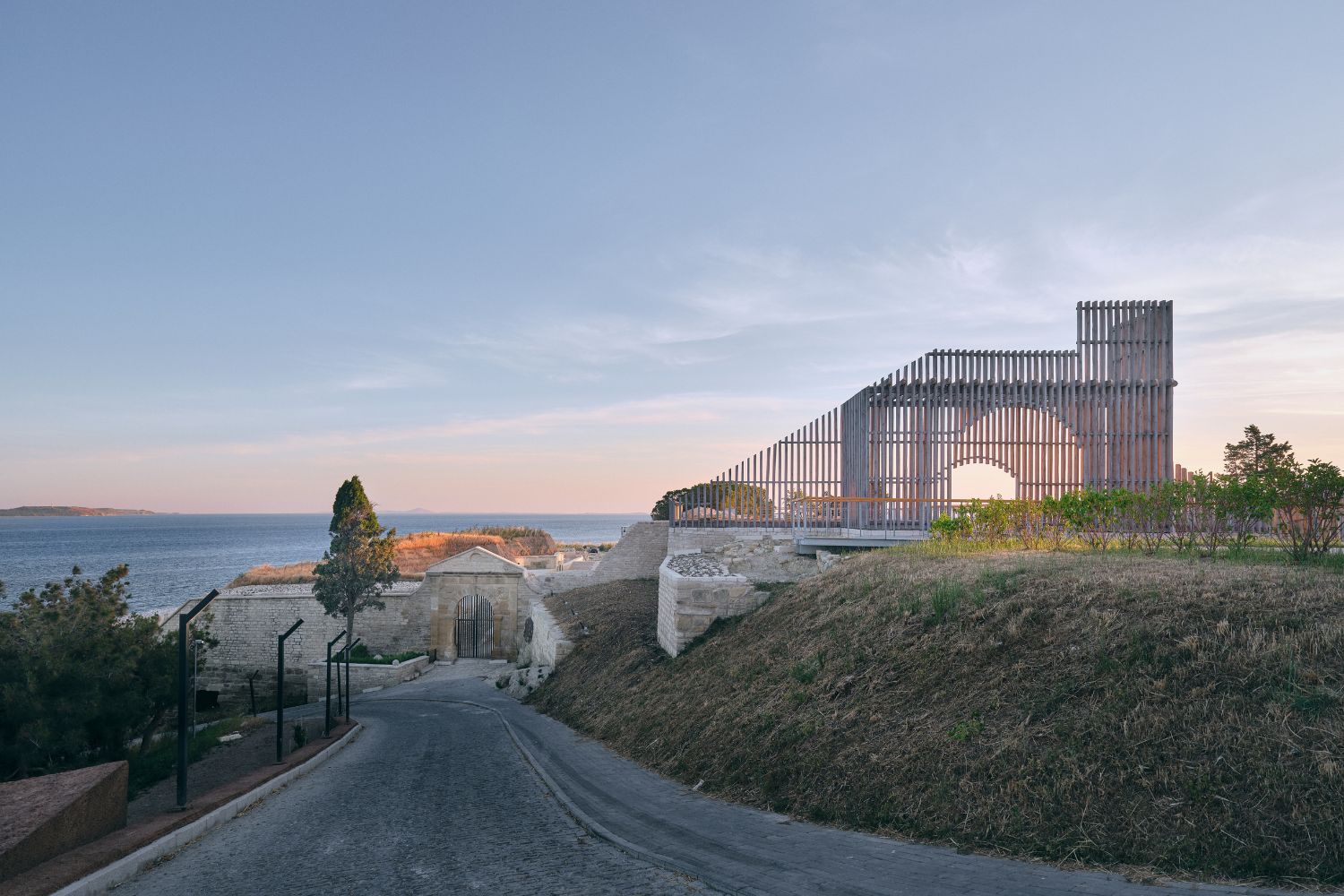
A multi-disciplinary team of architects, engineers, architectural historians, archivists, oral historians, restoration specialists, museologists, and landscape designers conducted extensive archival, archeological, conservation, restoration, and geodesic research, in collaboration with universities and different government ministries, working for 25 years to open Seddülbahir Fortress to the public on March 18, 2023.

Today the Gallipoli peninsula is a national park and a peaceful landscape of manicured cemeteries and pristine commemorative monuments to honor the WWI dead from many countries. There is little left on the peninsula that recalls the violent destruction of the battles fought there. A guiding concept in the restoration process at the Seddülbahir Fortress was to preserve the memory of the destruction of WWI and create a space to reflect on peace. Several elements of the fortress, such as the West and South Towers, are preserved as ruins and serve as “lieux de mémoire” of the toll that war has on buildings and their landscapes.

The Main Gate of Seddülbahir Fortress, and other demolished sections of the fortress, such as the Domed Building, with their silhouettes of light timber suggest– but do not declare– what these sections of the fortress may have looked like originally. The slatted wood frame of the Main Gate allows sunlight and air, essential elements of life, to permeate the entrance to the fortress. This gate and the Domed Building emphasize the importance of reversibility in any restorative intervention. Contemporary wood elements in the fortress are used sparingly, echoing the construction techniques used by the Ottomans.

A new museum building replaced abandoned concrete barracks from the 1960s and exhibits archaeological finds from the site, including an Ottoman era road which divides the museum building itself. Here the new masonry blocks resonate with the original masonry of the Ottoman walls lowering the visual impact of this new structure.
Today the Seddülbahir Fortress is a vibrant place. The architecture invites all to reflect upon the history of past destruction and war, and to cherish peace. With its unique entrance complex, museum, an artists’ workshop, and redesigned village square, all serving visitors and the local community, the fortress looks to a future in which war is now a distant, but important memory.

The Seddülbahir Fortress project has earned many significant national and international awards, celebrating its outstanding restoration, cultural value, and design excellence. This achievement was made possible through the dedication of more than 200 technical experts and over 2,000 workers who spent 26 years bringing the project to life, although only a small portion of them could fit on this board, the contribution of every individual was essential. The project reflects the combined efforts of multiple disciplines, including landscape design by caps office, interior and exhibition design by KOOP Architects and Koruma Akademisi, and structural design by Arke Engineering & Architecture, whose collaboration helped revive and preserve this historic landmark.
Photography: Egemen Karakaya
- adaptive reuse historic sites
- architectural restoration Turkey
- Arke Engineering & Architecture
- caps.office landscape design
- cultural heritage preservation
- Dardanelles restoration
- Gallipoli Peninsula heritage
- historic ruins preservation
- KOOP Architects exhibition design
- Koruma Akademisi
- national park Gallipoli
- Ottoman architecture sites
- Ottoman fortress conservation
- restoration awards Turkey
- Seddülbahir Fortress
- Turkey cultural landmarks
- WWI Gallipoli history
- WWI memorial architecture
Submit your architectural projects
Follow these steps for submission your project. Submission FormLatest Posts
BIG Wins International Competition to Design Hamburg State Opera
BIG’s winning design for the new Hamburg State Opera creates a cultural...
Sammontalo – School and Multipurpose Center by NERVIN architecture
Sammontalo by NERVIN Architecture is a multifunctional community hub in Lappeenranta, Finland,...
Regional Theater of Beauvaisis by atelier AJC
The Regional Theater of Beauvaisis by atelier AJC emerges as a contemporary...
Why the Value of Preserving Historic Buildings Still Shapes Better Cities
Discover the value of preserving historic buildings: how reuse boosts identity, jobs,...



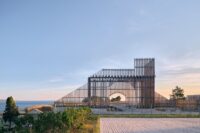

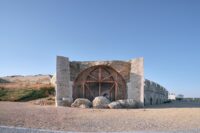
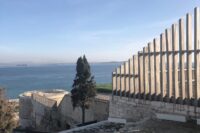


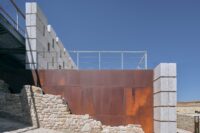








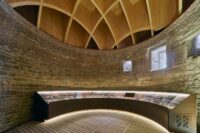


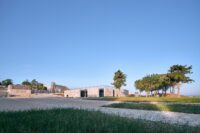
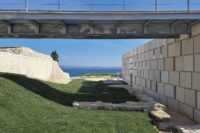
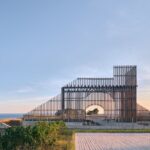

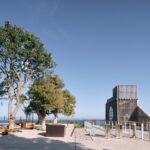





















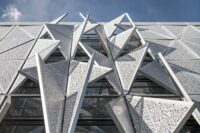


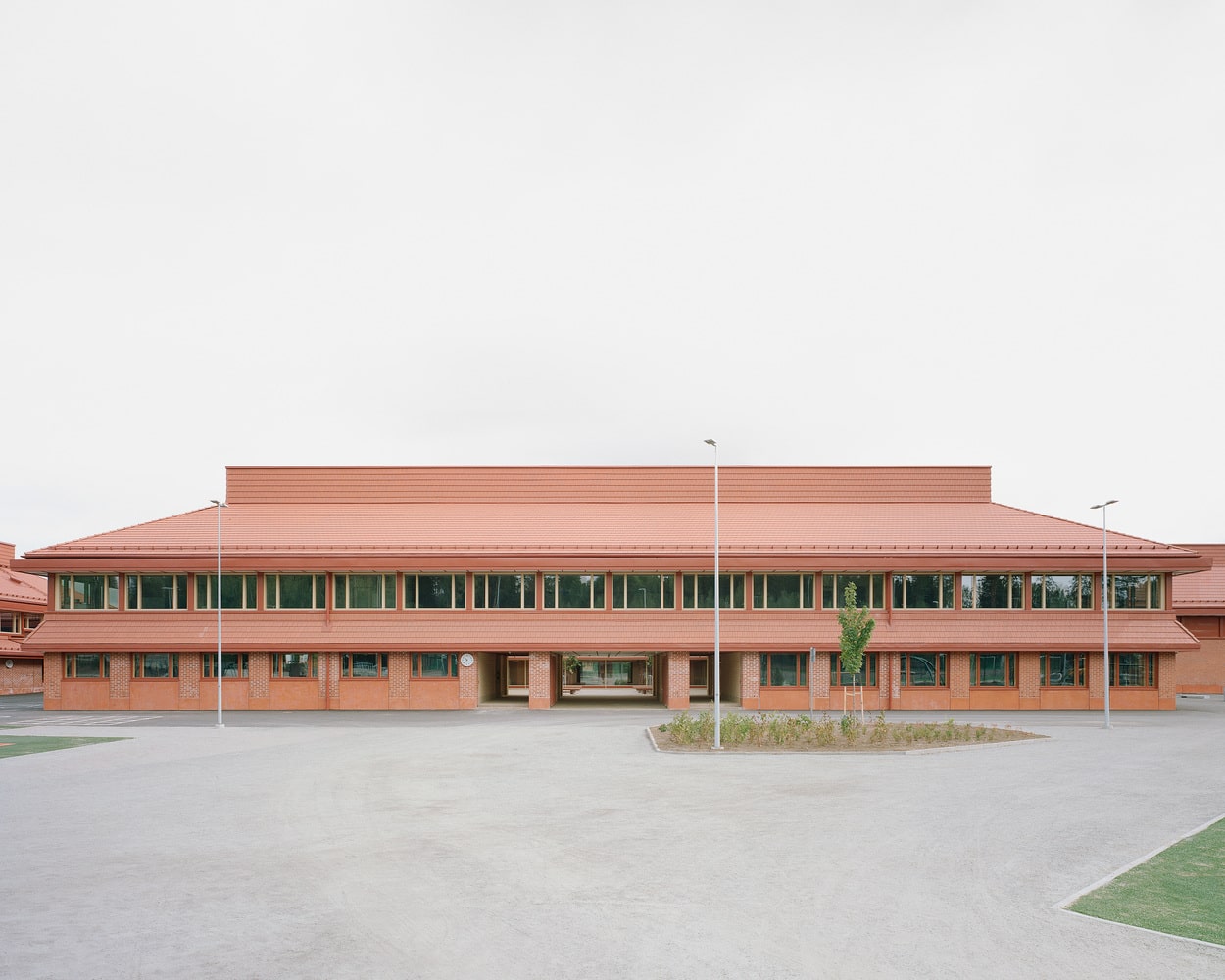


Leave a comment